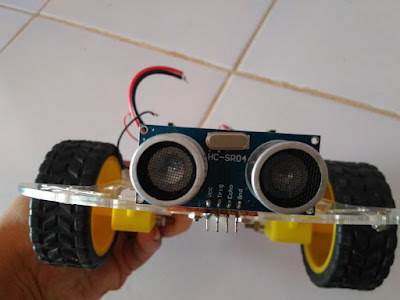Tesla Coil
6:29 AM
Mini Tesla coil Musical
Tesla coil adalah alat yang bisa menciptakan petir tegangan tinggi, saya sangat suka sekali dengan Tesla coil tapi saya suka Tesla coil versi mini karena menggunakan tegangan kecil sehingga meminimalkan resiko kesetrum atau mosfet meledak. Dan untuk yang sekarang yang akan kita buat adalah versi Tesla coil mini yang sering dijual di marketplace terutama yang berasal dari Cina seperti AliExpress dan lain-lain.
Tesla coil ini sering tersedia dalam bentuk kit yang sudah siap untuk dimainkan atau ada juga versi yang belum disolder, namun kita bisa membuatnya sendiri dengan bahan-bahan yang lebih mudah didapatkan di toko sparepart elektronik. Tesla coil mini ini hanya menggunakan beberapa komponen saja tapi dengan hasil yang lumayan bagus dan juga versi yang ini sudah bisa memainkan musik dengan petir yang berfungsi sebagai speakernya.
Berikut ini skemanya:
Dan ini penampakan layout pcbnya:Untuk lilitan primer bisa menggunakan kabel dengan jumlah lilitan L1 yaitu1 lilitan sedangkan lilitan sekunder L2 saya menggunakan kawat tembaga ukuran 0, 12mm yang dililitkan pada pipa paralon diameter 1/2 inch dengan jumlah lilitan 350 lilitan. Sedangkan untuk suplai bisa menggunakan antara 15 sampai 24 volt.
Video:







